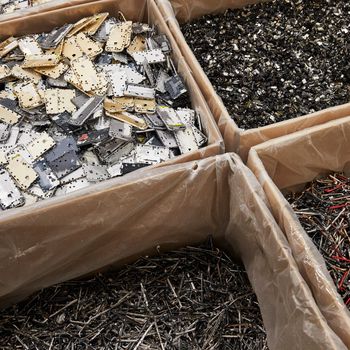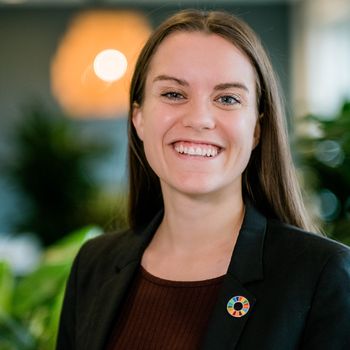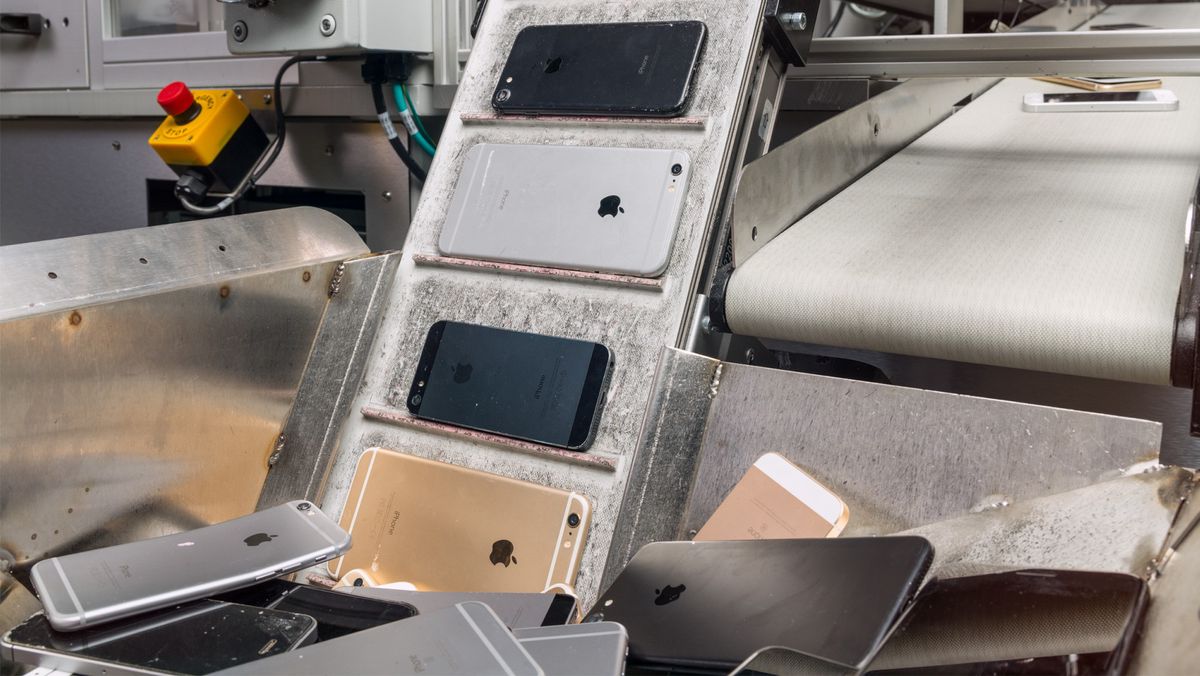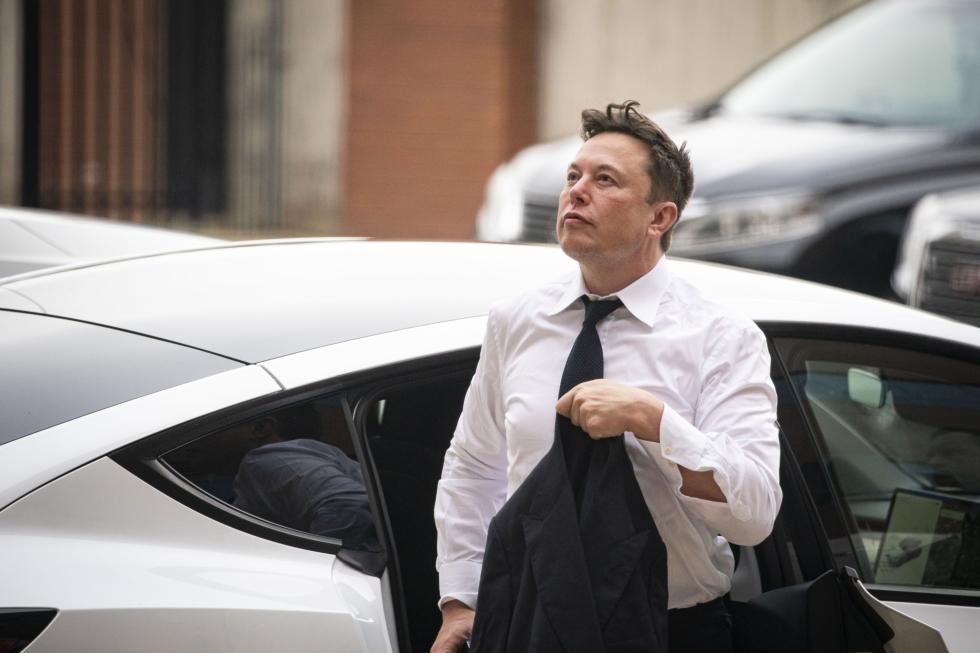Atea IT’s sustainability plan means that by 2030 they will take back one thing and recycle it for everything they sell. The goal is to extend the life of products and conserve resources.
Since Atea is one of the largest suppliers of digital work tools to public and private companies, there is a lot of talk about tools, and now the company has entered into an agreement with Apple to use a dismantling bot to recycle all the precious metals hiding inside discarded cell phones.
Developed by Apple, “Daisy,” as the robot is called, can distinguish 23 different iPhone models at a speed of 200 mobiles an hour — or 1.2 million phones a year, if it can be carried around nonstop.

Reuse more and more
Daisy secretes 14 different metals such as gold, silver, aluminum, tin, tungsten, lithium and cobalt, and since Apple began to assemble the components in a way that allows for more materials to be reused with higher purity, more has been used as well. Metals in Apple products.
For example, the latest iPad and Macbook Air models are made from 100 percent recycled aluminum, while only recycled tungsten is used in the shiny motor, which provides the actual response of the iPhone 12 and iPhone 13.
Apple has two ‘daisy’ recycling robots. Atea sends Iphones to, and is located in Breda in the Netherlands. The other is in the US, outside of Austin, Texas, and in the video here you can watch it in action.
All Apple products other than the 23 iPhone models that Daisy knows about, and discarded products from other manufacturers, are sent to Atea’s recycling plant in Växjö, Sweden. Here what can be fixed is fixed.
Norwegian equipment is also sent to Växjö for repair, but since e-waste is not allowed to be sent outside Norway, Norwegian units are handpicked to be recycled at Norsirk’s plant in Oslo.

Apple is excited to share “Daisy”
In 2020, Atea Norden received 453,000 units for recycling. That’s about 30 percent of the number of units Atea sold last year. 77 percent of these devices are repaired and reused by their new owners. The rest is plucked and harvested for precious metals, and when it comes to the Iphone, it takes place in “Daisy” in the Netherlands.
It’s my pleasure to be the first to sign an agreement with Apple to start using “Daisy,” says Elisabeth Nissen Eddy, director of sustainability at Norway’s Atea.
Sarah Chandler, Apple’s senior director of product development, innovation and environmental initiatives, told Nettavisen that Apple is very happy to share the technology behind “Daisy.”
We are eager to share the technology and hope others will copy it and learn from it, she says.
Atea’s Director of Sustainability told Digi.no that she believes this type of solution, where materials used to make new IT equipment are used, will become more common.
Lot can be used three times
Eddy says Atea has started a “100 percent club” for its customers and other businesses, where members commit to handing out absolutely everything from discarded digital devices to reuse and recycling.
They don’t necessarily have to hand it over to Atea, but Atea accepts everything, including equipment they don’t sell.

Nissen Eddy believes this is a step in the right direction to achieve a circular economy and reduce unnecessary IT waste.
– But we must create a stronger awareness in society, because there are large quantities of old equipment in Norwegian businesses and homes.
Our experience is that a lot of this equipment can be reused up to three times. We see this, for example, when we get the same computer twice and fix it and set it up again for the new owners, she says.

“Web specialist. Lifelong zombie maven. Coffee ninja. Hipster-friendly analyst.”




